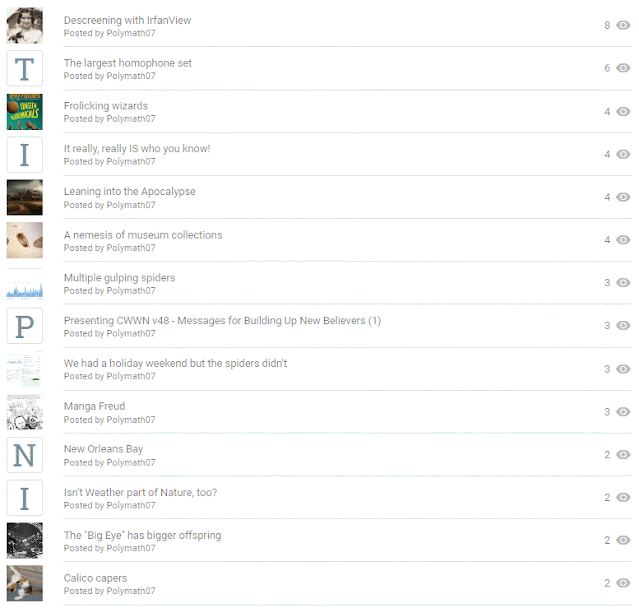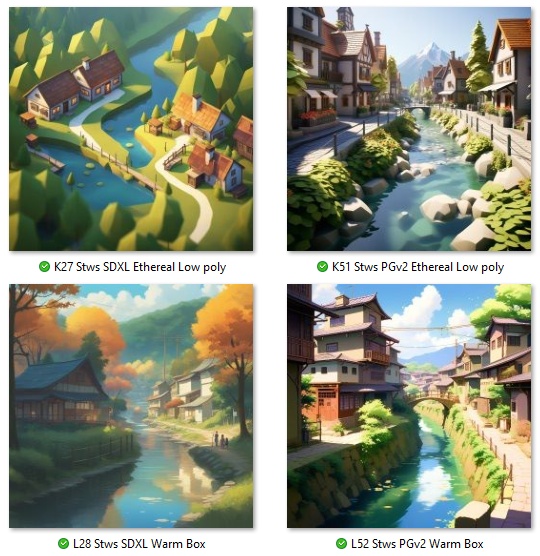kw: book reviews, nonfiction, humor, comedians, sociology
At my grandmother's funeral, many years ago, I was with my then-fiancée, in the second row behind my parents. At some point, someone coming in had a minor mishap—nearly tripping—and my fiancée laughed. She laughed rather loudly, and then stifled it. And turned very red. I just held her hand and we waited it out. I was glad for her laughter, really. It calmed me somehow.
Fast-forward nearly thirty years. I had a very major cancer operation and came home looking like a corpse. Being able to do nearly nothing, I alternated between reading, watching inane TV, eating and sleeping. That Sunday evening I happened to turn on ABC to watch, for the first time ever, America's Funniest Home Videos. Tom Bergeron was the host. I laughed my fool head off! I felt great for the first time in a long time. I watched that show faithfully for the next decade or so. I don't credit the show for my amazing survival (nobody lives 20+ years after having what I had, but I did). But it sure helped. I called it my Laugh Therapy. It has been a few years since I had time to watch AFV, or anything else, for that matter. I lead an active life. But from what I hear, a lot of popular themes from the show in the early 2000's aren't used any more. Too many "professional offended people" complained.
One would think that the country (and most of the West) is overrun by the always-offended folk who are bigger buzz kills than the dourest of Puritans in Colonial America. They don't like it when anyone laughs at anything...unless it is them doing the laughing, mostly as Schadenfreude against conservatives' embarrassment. However, consider that, less than a quarter of Americans use X/Twitter, and the noisy, vocal trolls are just a percent of that. That is what drives Cancel Culture, 1/4% of the country. Talk about the tail wagging the dog! But we should expect the tail to be in a bad mood, it's right next to the s**thole!
The best defense against humorless idiots (most especially the Woke, in my view) is to laugh them out of town. Kat Timpf, for one, is doing just that. Her new book, You Can't Joke About That: Why Everything is Funny, and We're All in This Together, is a big breath of fresh air to me and to anyone who just wishes folks would loosen up a little. So what does she think is funny? It's better to ask, what doesn't she joke about? The list is very, very short. Maybe nonexistent. Start with the most taboo subjects: disease and death. Go on from there.
Kat Timpf is a comedian. Her current gig is Gutfeld on FOX. She doesn't just do comedy. She writes (writing lots of columns is good practice for writing a book) just as much, often her own soufflé of libertarianism and satire. Particularly in the political arena, she's an equal-opportunity abuser.How's this for dark humor. Riffing on "the Quarantine" of 2020, upon hearing "Anne Frank had to hide in an attic…" a few too many times: "Pioneers probably didn't have time to notice the little annoying things about their pioneer family, because they had that exhausting, dangerous cross-country journey to distract them. Plus, if you were a chick, you were just constantly getting pregnant and giving birth, and then some of the kids you had already given birth to would sometimes die along the way before you reached your horse-driven destination. So no, they probably were not noticing how much their husbands' whistling bothered them because the were too busy discussing whether or not they should, I don't know, eat the body of the kid that just died in order to have the strength to pop out the next one." (pp39-40). That is from the chapter "No one wants to hear you whine (unless it's funny)".
This is a serious book, under the satire. She is making a plea for allowing humor to work its magic as a universal releaser-of-really-bad-feelings. As it happens, comedians are the second-biggest target of the humorless Wokemeisters, right after Christians. As a lapsed Catholic, perhaps Kat ought to be glad she doesn't have Christian faith just now. Christian comedians are doubly Cancelled these days.
Bottom line: She is in favor of the freest of free-speech environments possible. Then, her final chapter consists of instructions on when not to speak: when the police want you to. It is three pages of instruction on handling several scenarios. Not a joke in the chapter, because police, by the nature of their job, need to be entirely humorless. Of course, when you're with a cop friend off duty, joke around all you like. But not whenever there's a chance you are under suspicion.
Kat is, as generations X and later are, pretty free with her use of expletives. It seems that, for all the generations subsequent to mine, various derivatives of the F word are the general adjectives of choice, and the S word is the generalized noun of choice. I watched a few of her routines that are on YouTube; she rarely dropped either bomb, but she did occasionally do so. I am an old-school entertainer (think of Red Skelton or Roy Rogers): in the public arena we have a choice, to ennoble our audience or to debase them. Blue humor causes snickers, not honest laughter. Go watch an old video of Red Skelton doing a Clem Kadiddlehopper routine, or Gertrude and Heathcliff the seagulls. You'll laugh with tears until you get a smile-ache. Not a cuss word from end to end. Are you an entertainer? Leave your audience feeling better about themselves because they were with you. (But if there is a Woke heckler in the crowd, that fool you want to drive out in pelting shame! It can be done without cussing. The rest of the audience will be thankful.)
















































